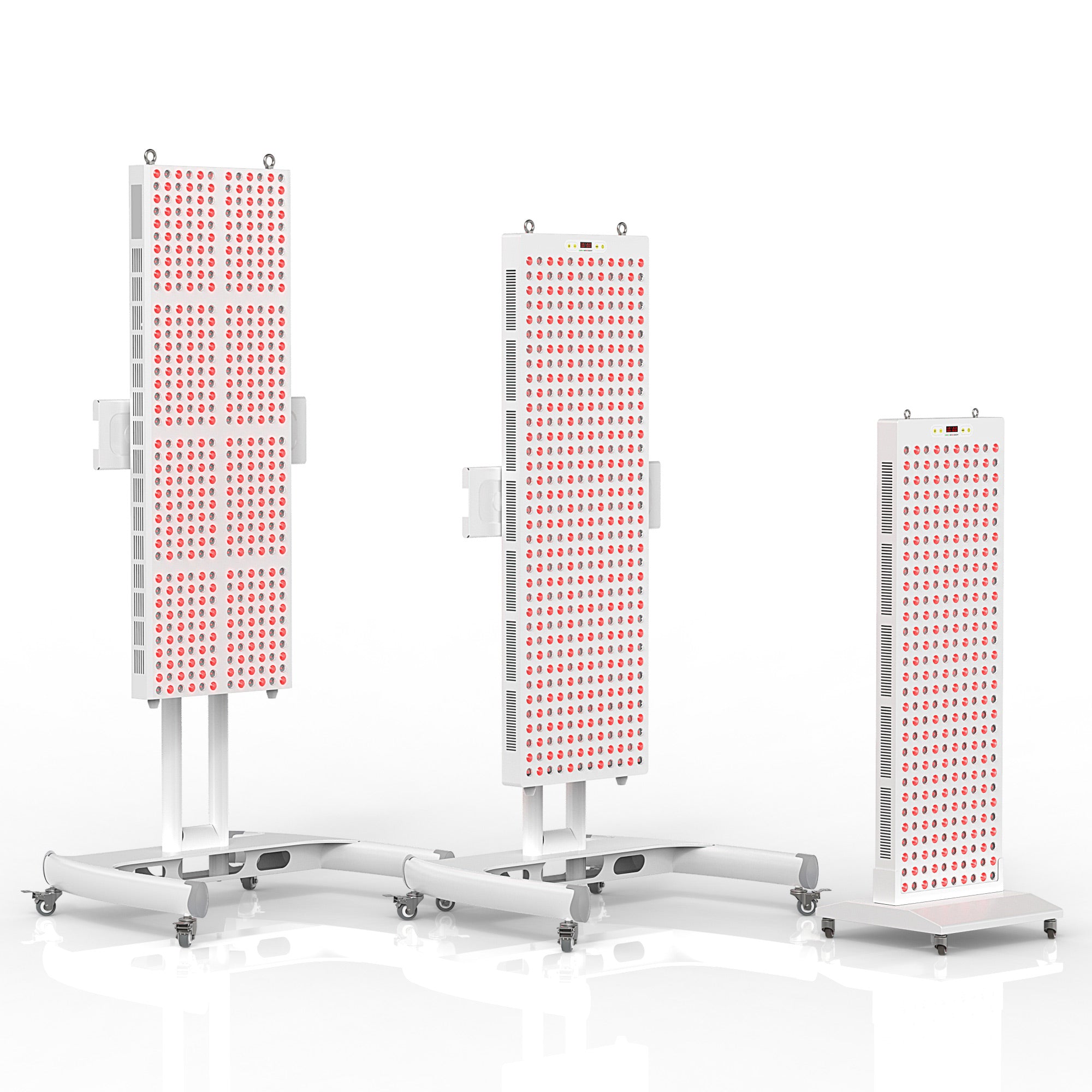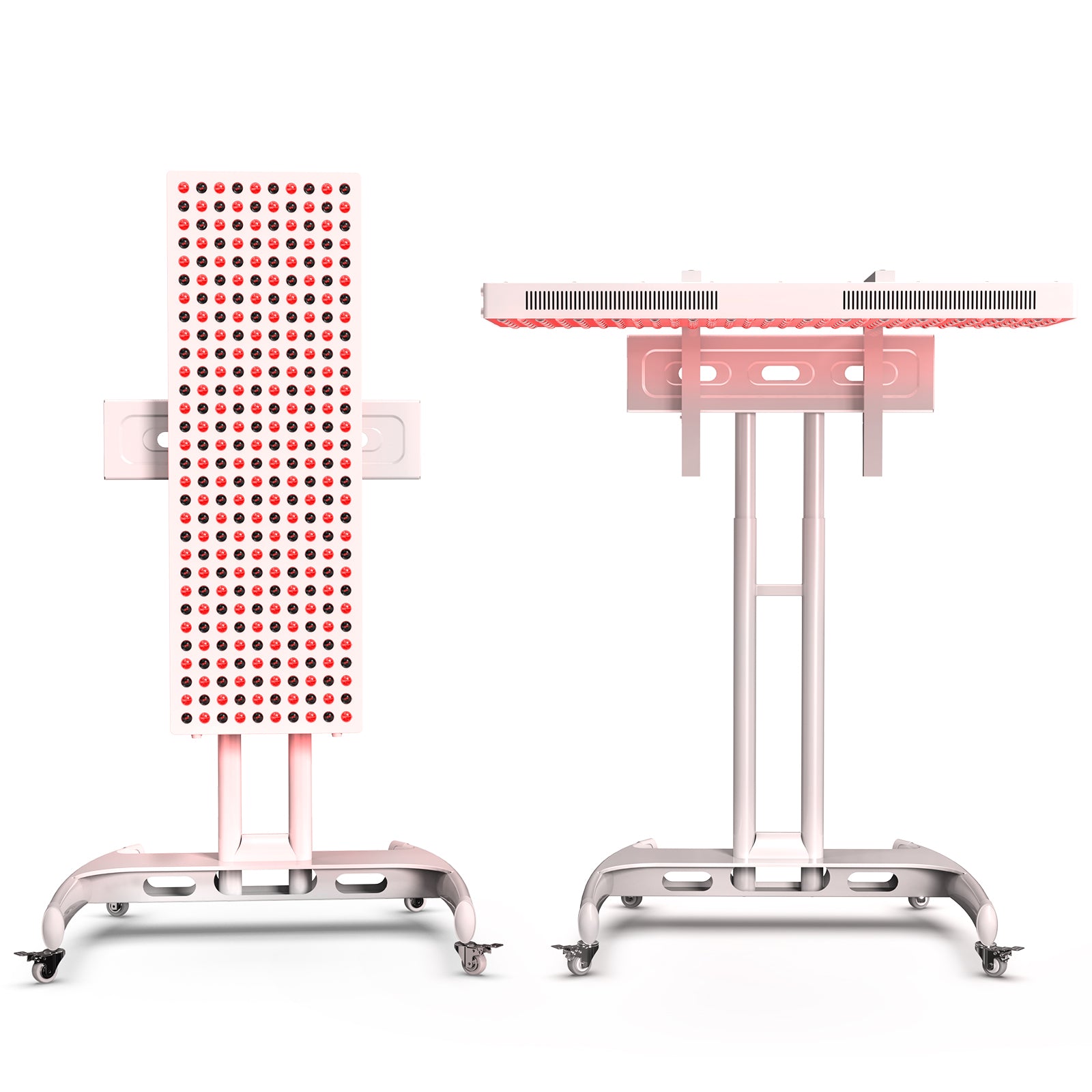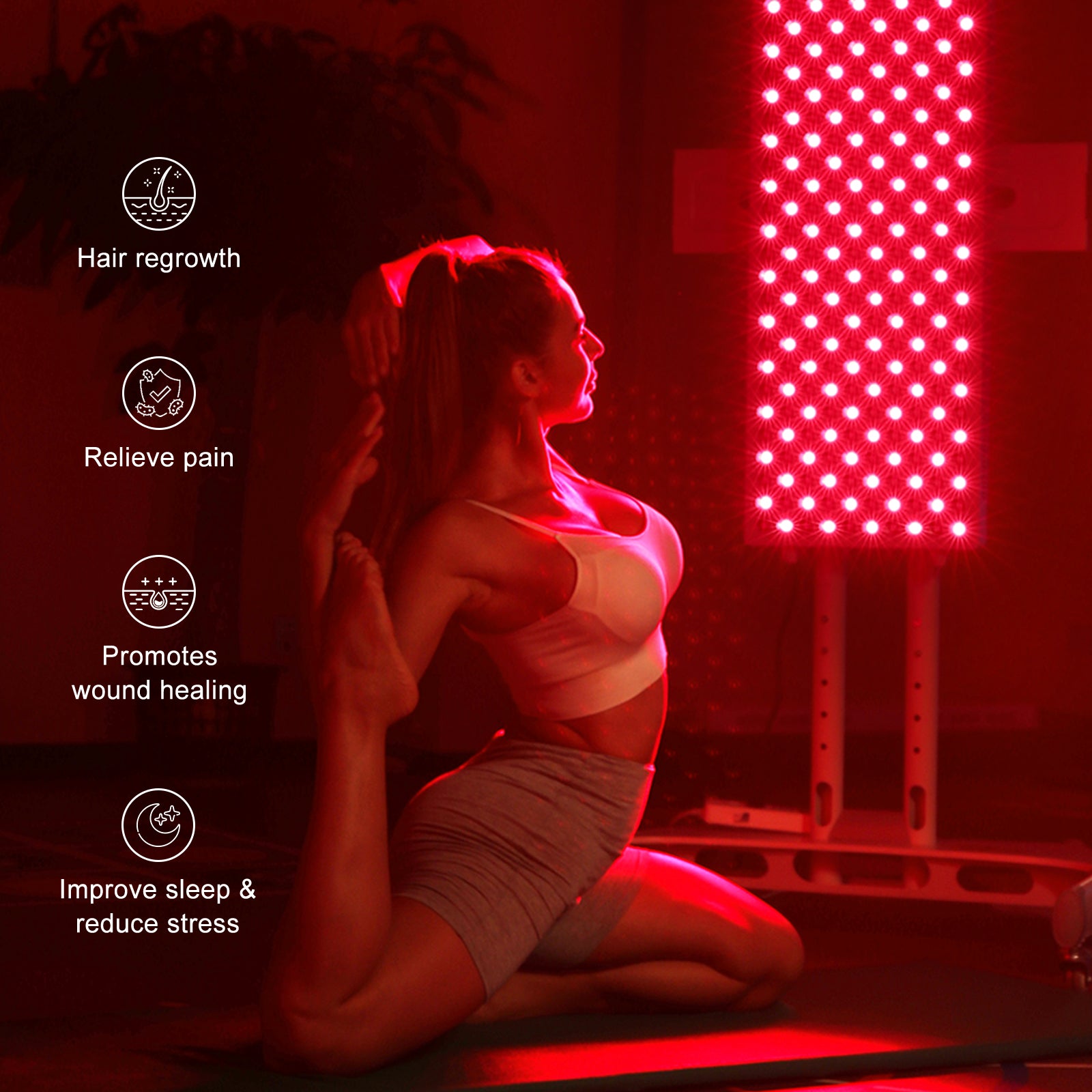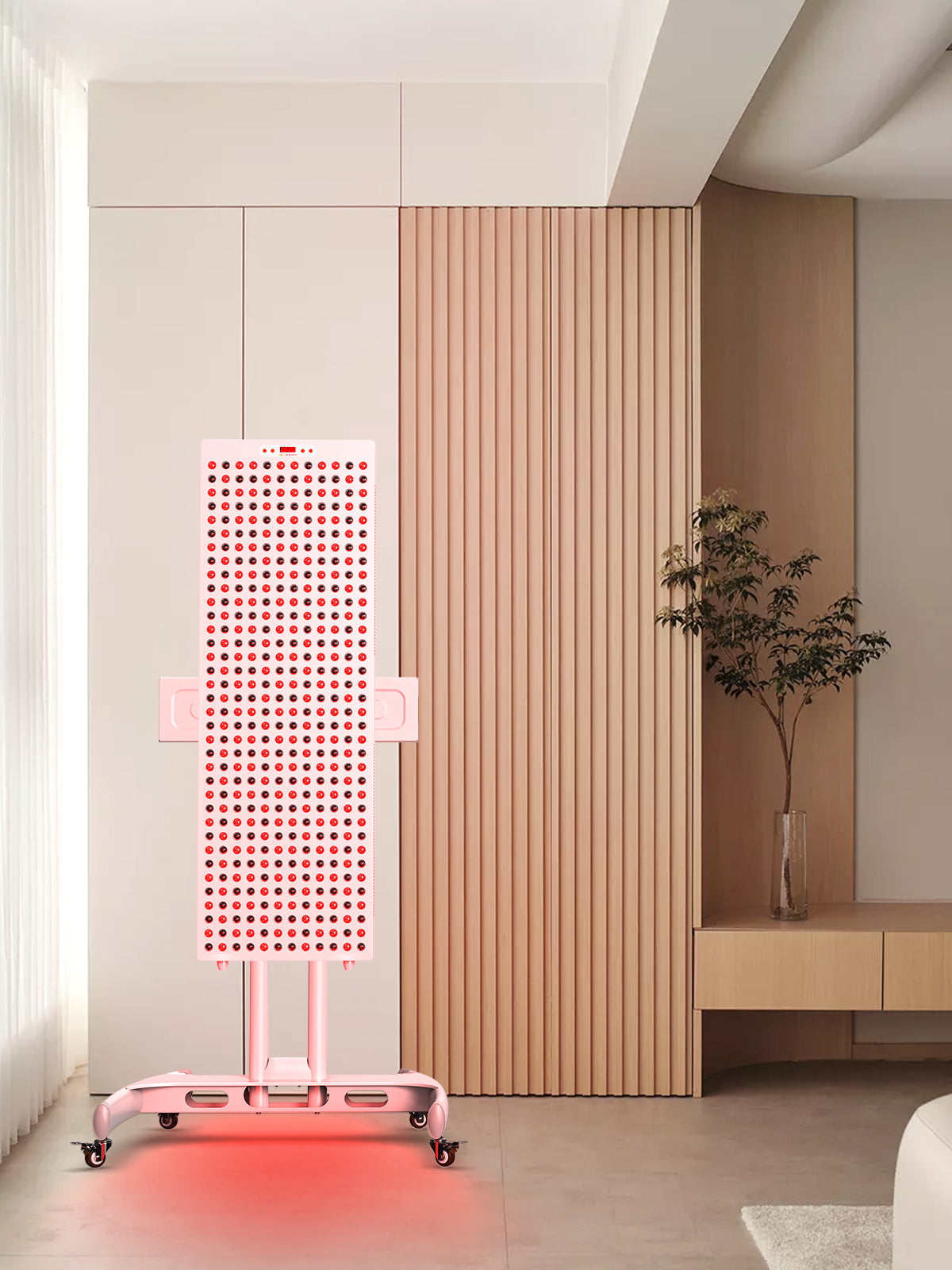
Red light therapy has gained popularity in wellness and healthcare. It is non-invasive and can be used to treat and manage a wide range of conditions. While at-home red light therapy devices are particularly popular, some conditions require medical-grade red light therapy devices. Medical grade therapy devices are mostly used in professional settings as they offer higher intensity.
Red light therapy has gained popularity in wellness and healthcare. It is non-invasive and can be used to treat and manage a wide range of conditions. While at-home red light therapy devices are particularly popular, some conditions require medical-grade red light therapy devices. Medical grade therapy devices are mostly used in professional settings as they offer higher intensity.

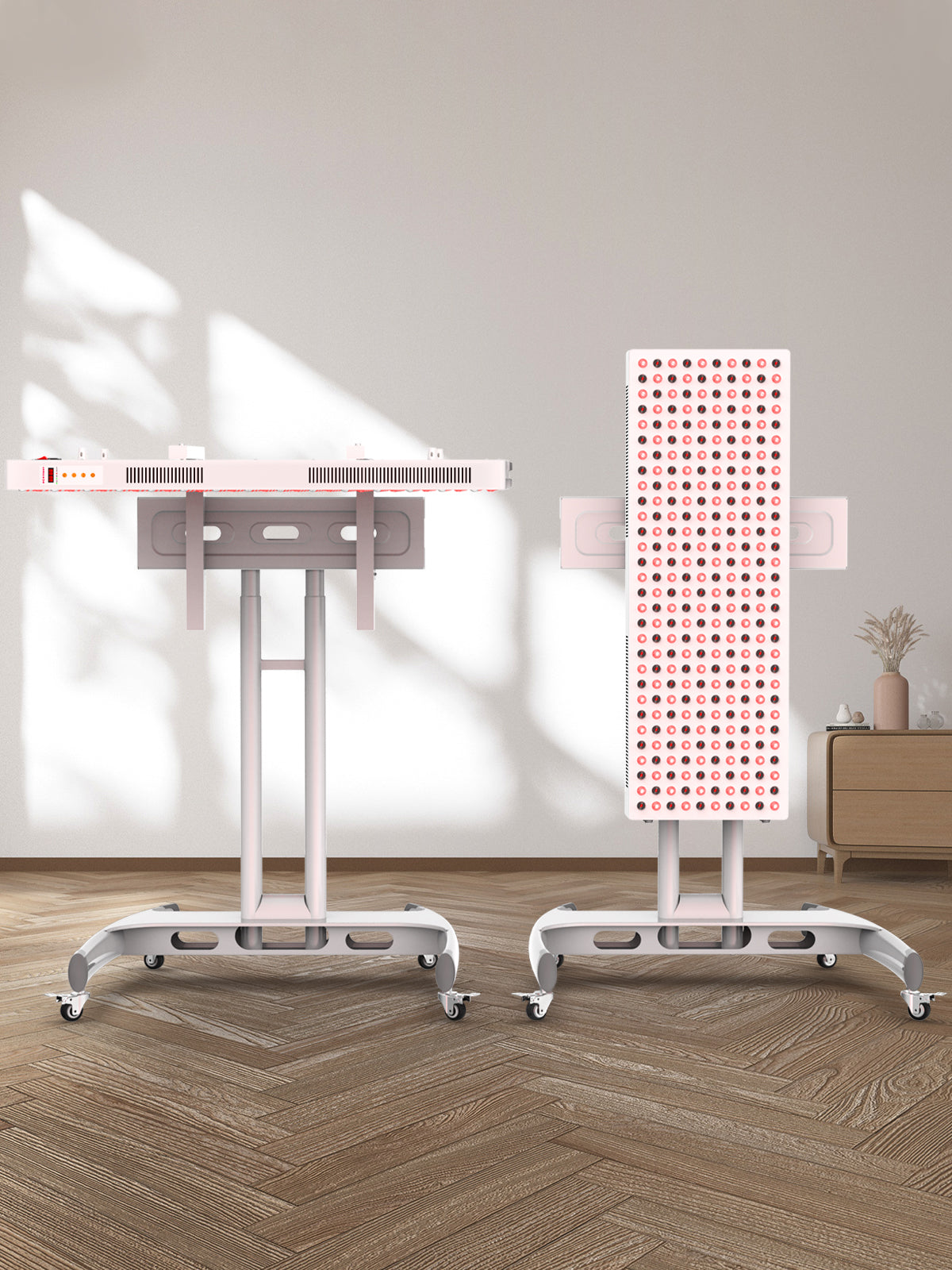
Today’s LED light therapy technology has allowed medical-grade red light therapy devices to become available – and affordable – for consumer use. You get the same potency of treatment that you would get from a medical professional while in the convenience of your own home. First, choose the right panel based on your needs (treating a localized condition or whole-body wellness).
Today’s LED light therapy technology has allowed medical-grade red light therapy devices to become available – and affordable – for consumer use. You get the same potency of treatment that you would get from a medical professional while in the convenience of your own home. First, choose the right panel based on your needs (treating a localized condition or whole-body wellness).

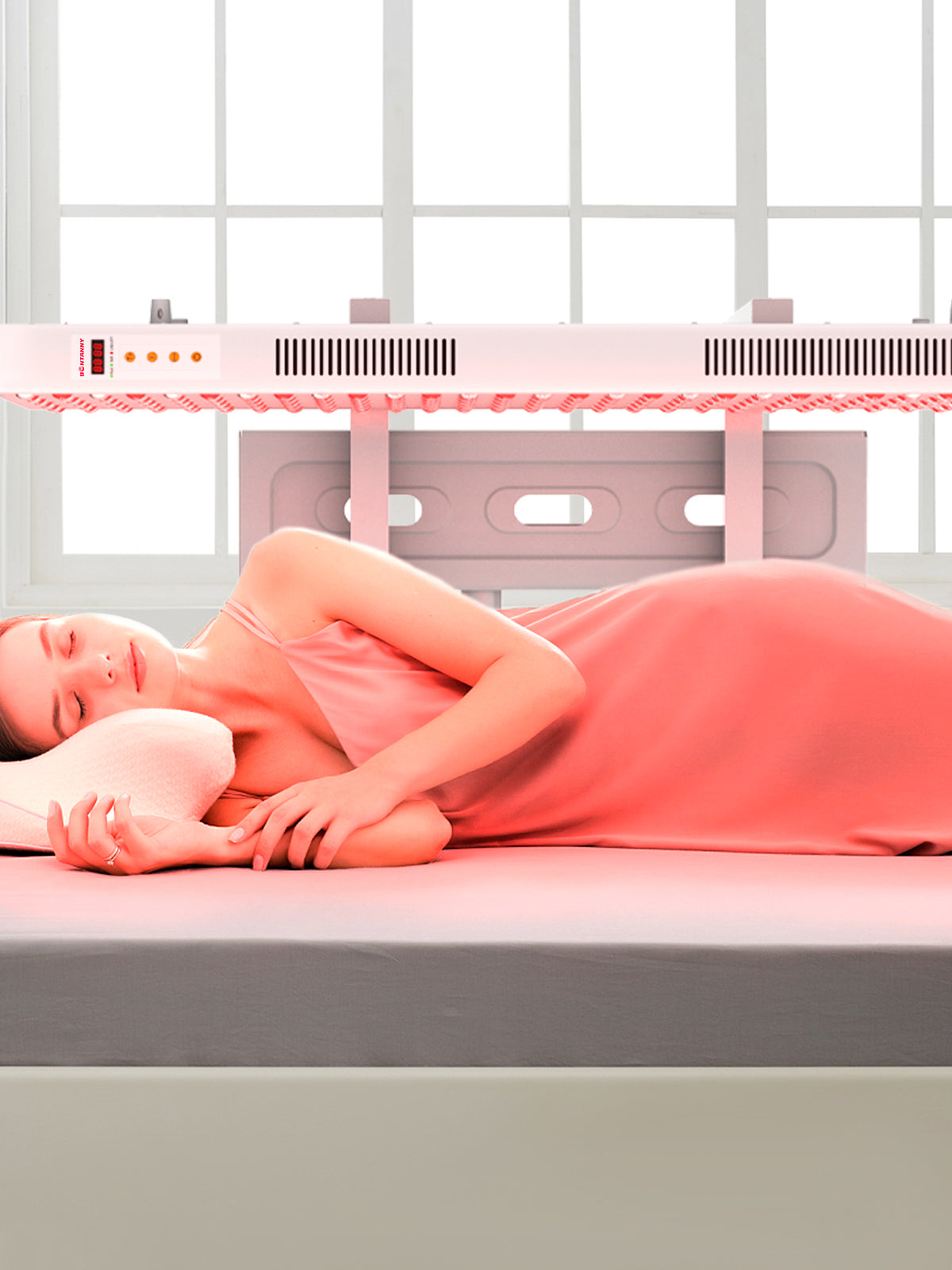
Red light therapy uses Red and Near Infrared Light, two wavelengths naturally emitted by the sun, for a variety of health and wellness benefits. Red light (660nm) is absorbed by your skin, enhancing skin health, collagen production, and anti-aging. Near-infrared light (850nm) penetrates deeper into the body, reaching your bones, muscles, tissues, and even organs.
Red light therapy uses Red and Near Infrared Light, two wavelengths naturally emitted by the sun, for a variety of health and wellness benefits. Red light (660nm) is absorbed by your skin, enhancing skin health, collagen production, and anti-aging. Near-infrared light (850nm) penetrates deeper into the body, reaching your bones, muscles, tissues, and even organs.

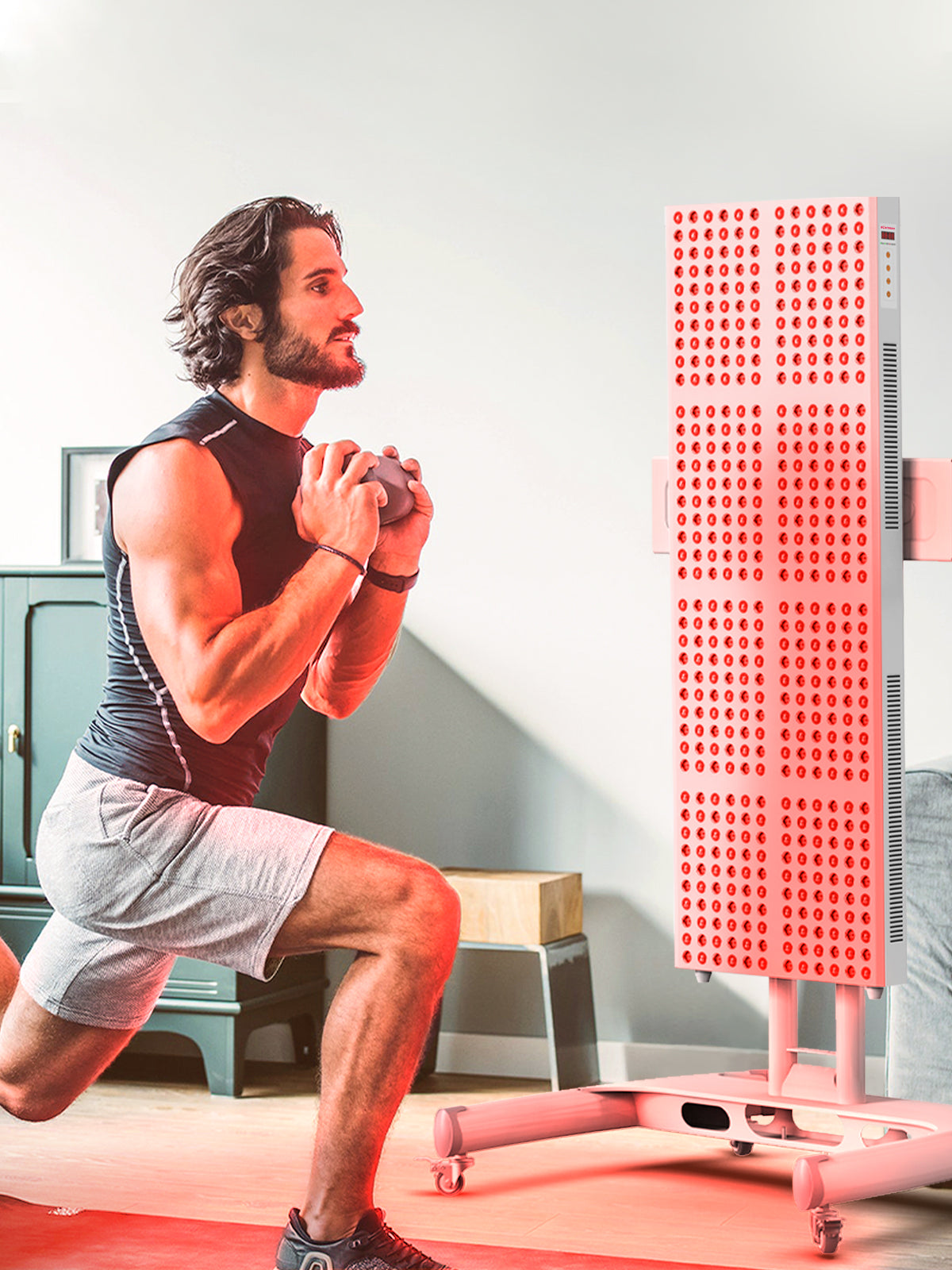
As a leading provider of advanced, medical-grade red light therapy devices, we’re helping you boost collagen, quell puffiness, improve your mood, and strengthen your immune system. Born from a deep respect for the transformative power of red light therapy. With our commitment to quality and innovation, we hope to keep bringing professionals and athletes the best in red light technology.
As a leading provider of advanced, medical-grade red light therapy devices, we’re helping you boost collagen, quell puffiness, improve your mood, and strengthen your immune system. Born from a deep respect for the transformative power of red light therapy. With our commitment to quality and innovation, we hope to keep bringing professionals and athletes the best in red light technology.

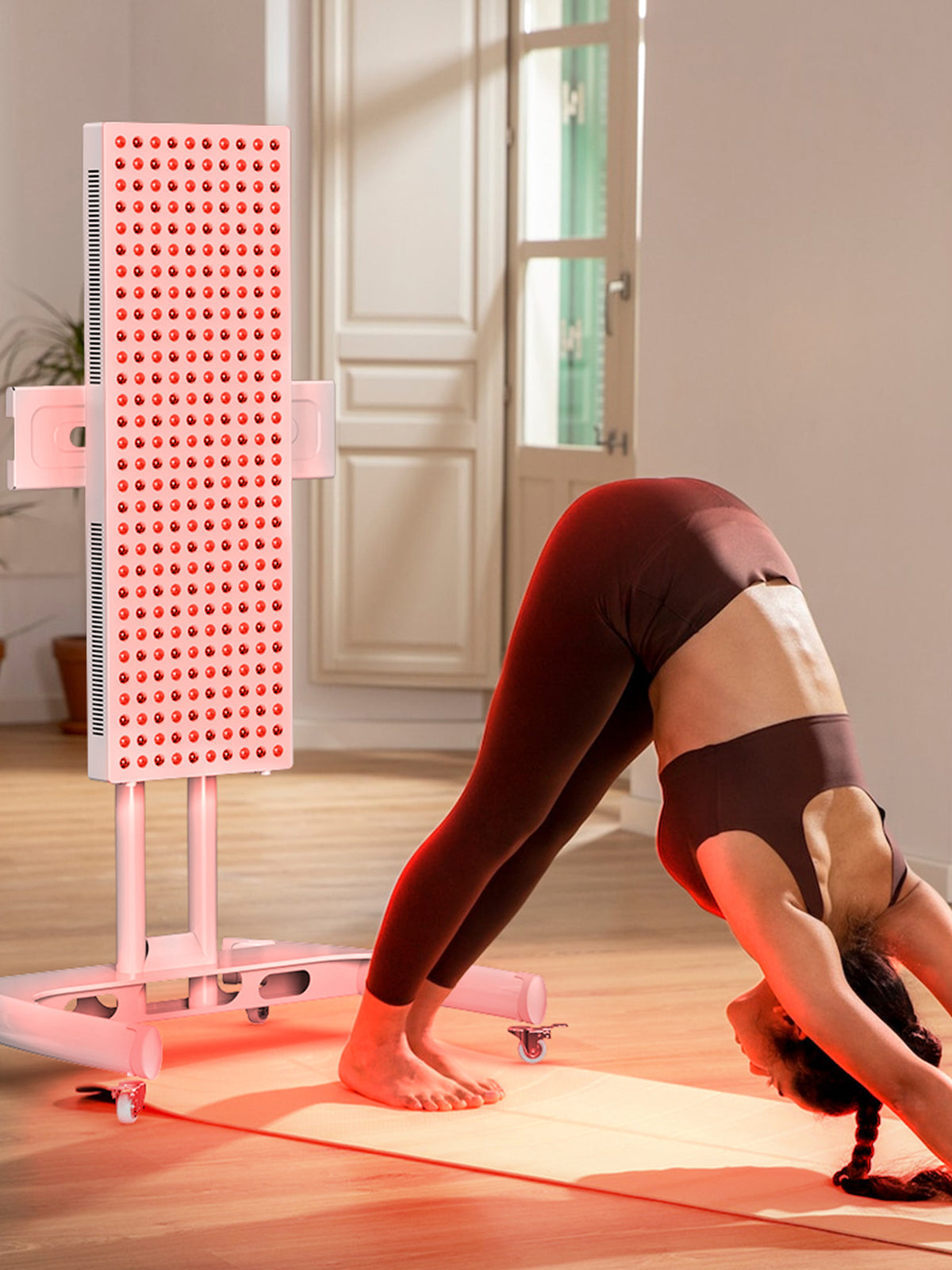
Skin Health and Anti-Aging
Red and near-infrared wavelengths enhance the body's ability to activate fibroblast cells that produce collagen and elastin to reduce fine lines and wrinkles. Red and near-infrared light penetrates into the subcutaneous layer to target and shrink adipose (fat) cells. Light energy activates cells to create temporary pores in cell membranes. This allows lipids to leak out and be metabolized by the body, slimming the target area.
Pain Relief and Muscle Recovery
Red light therapy has gained attention for its ability to provide pain relief. This non-invasive therapy exposes the body to low-level red light wavelengths that penetrate deep into the skin and surrounding tissue. It stimulates cellular energy production, reduces inflammation, improves circulation, and promotes tissue repair and healing.
Hair Growth and Scalp Health
Red light improves the health of your scalp and hair follicle to prevent hair loss, increase follicle size, and regrow hair. Near-infrared light therapy penetrates deep into muscle and joint tissue to decrease inflammation, increase circulation, and alleviate pain.
Choosing a Medical-Grade Device
As a skin care professional, when you choose to purchase an FDA-cleared medical device, you can be confident that the appropriate regulation and authoritative oversight has been done. FDA-clearance means your device has been confirmed to be efficacious and safe when used as directed.
Skin Health and Anti-Aging
Red and near-infrared wavelengths enhance the body's ability to activate fibroblast cells that produce collagen and elastin to reduce fine lines and wrinkles. Red and near-infrared light penetrates into the subcutaneous layer to target and shrink adipose (fat) cells. Light energy activates cells to create temporary pores in cell membranes. This allows lipids to leak out and be metabolized by the body, slimming the target area.
Pain Relief and Muscle Recovery
Red light therapy has gained attention for its ability to provide pain relief. This non-invasive therapy exposes the body to low-level red light wavelengths that penetrate deep into the skin and surrounding tissue. It stimulates cellular energy production, reduces inflammation, improves circulation, and promotes tissue repair and healing.
Hair Growth and Scalp Health
Red light improves the health of your scalp and hair follicle to prevent hair loss, increase follicle size, and regrow hair. Near-infrared light therapy penetrates deep into muscle and joint tissue to decrease inflammation, increase circulation, and alleviate pain.
Choosing a Medical-Grade Device
As a skin care professional, when you choose to purchase an FDA-cleared medical device, you can be confident that the appropriate regulation and authoritative oversight has been done. FDA-clearance means your device has been confirmed to be efficacious and safe when used as directed.

FAQ
Understand the issues that everyone is concerned about
What is the difference between a medical-grade and a consumer-grade red light therapy device?
Medical-grade devices typically offer higher intensity, adjustable wavelengths, and advanced features like timers or pulsing modes, making them more effective for specific conditions. Consumer-grade devices are designed for general wellness and may have lower power outputs and fewer customization options.
How often should I use a home medical-grade red light therapy device?
Most experts recommend using the device 3-5 times per week for 10-20 minutes per session, depending on the condition being treated. Consistency is key to seeing results, which may take 4-8 weeks.
Can I use a medical-grade red light therapy device safely at home?
Yes, as long as you follow the manufacturer’s instructions, such as maintaining the recommended distance (usually 6-24 inches) and protecting your eyes with goggles if advised. Consult a healthcare professional if you have specific medical conditions.
What conditions can a home medical-grade red light therapy device treat?
These devices can help with skin issues (acne, wrinkles, eczema), pain relief (arthritis, muscle soreness), inflammation reduction, wound healing, and even hair growth, depending on the wavelengths and power output.
Are there any side effects of using a medical-grade red light therapy device at home?
Side effects are rare but may include temporary redness, dryness, or mild irritation. Overuse can reduce effectiveness, so stick to recommended session times and frequencies.
Related Information

How Light Therapy Lamps Are Different from Regular Lamps
I have perennial depression, my personal doctor told me that can be treated with light therapy, I do not understand at first, I bought a common lamp, but after using for a period of time, did not f...
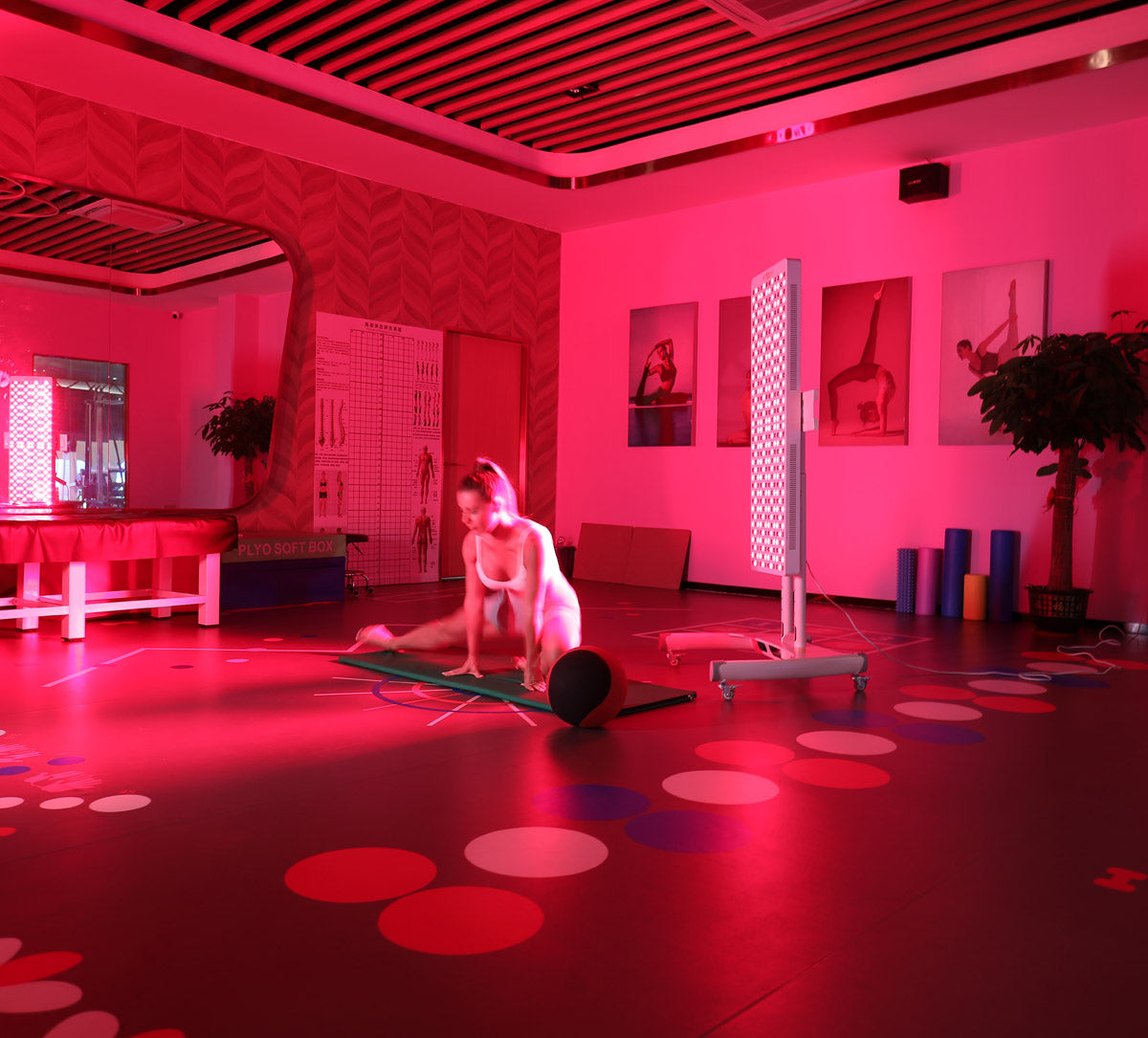
My Journey with a Light Therapy Lamp for Depression: A Comprehensive Guide
I in 2000, I checked out I have depression, so many years I have been fighting with the disease, I sometimes feel tired, empty, it is difficult to have something to make me can be happy, but in an ...
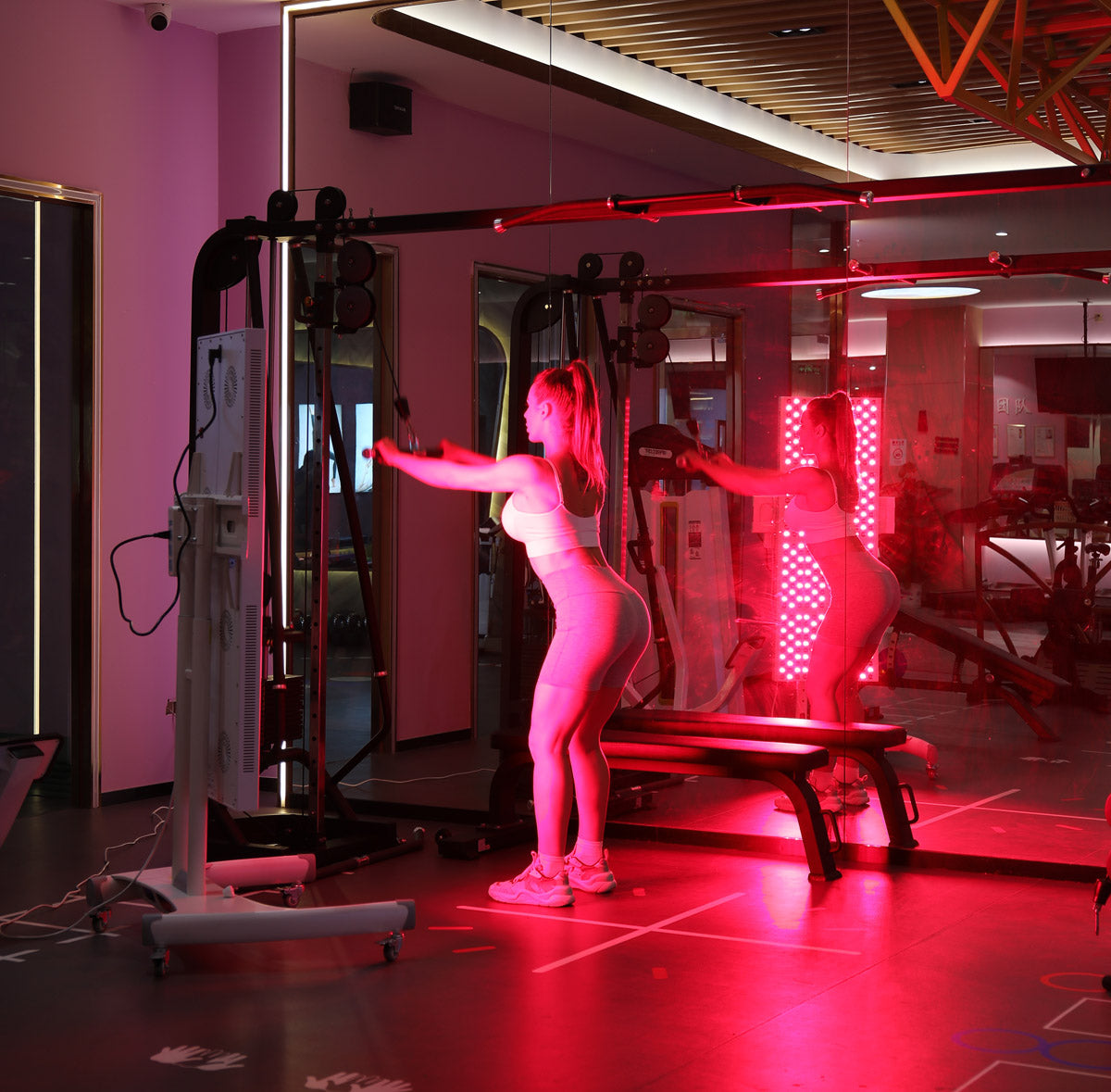
How Long to Sit in Front of Light Therapy Lamp
When I first bought my light therapy lamp three years ago, I was drowning in conflicting advice about how long to use it. Some sources said 15 minutes, others claimed you needed a full hour. After ...

